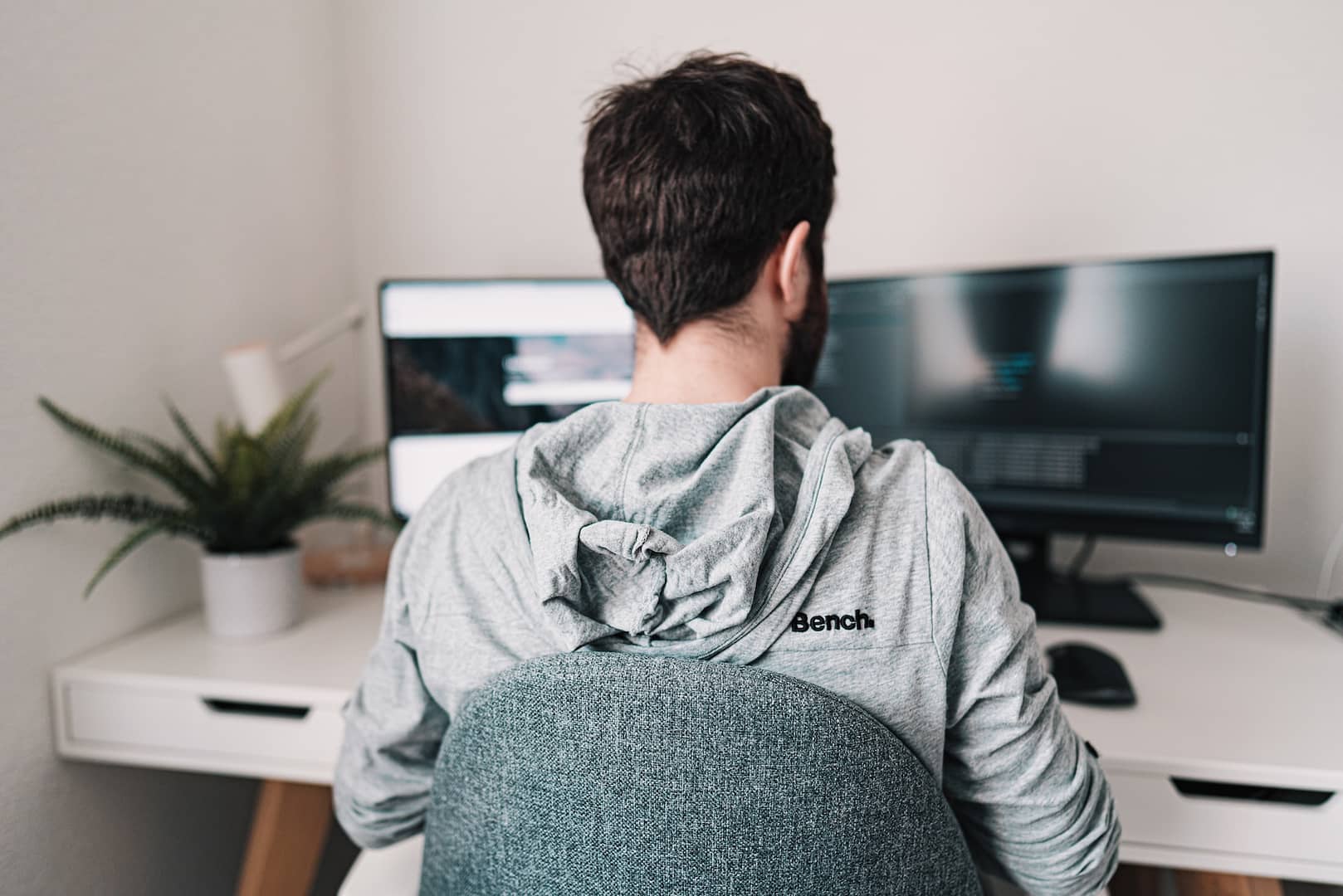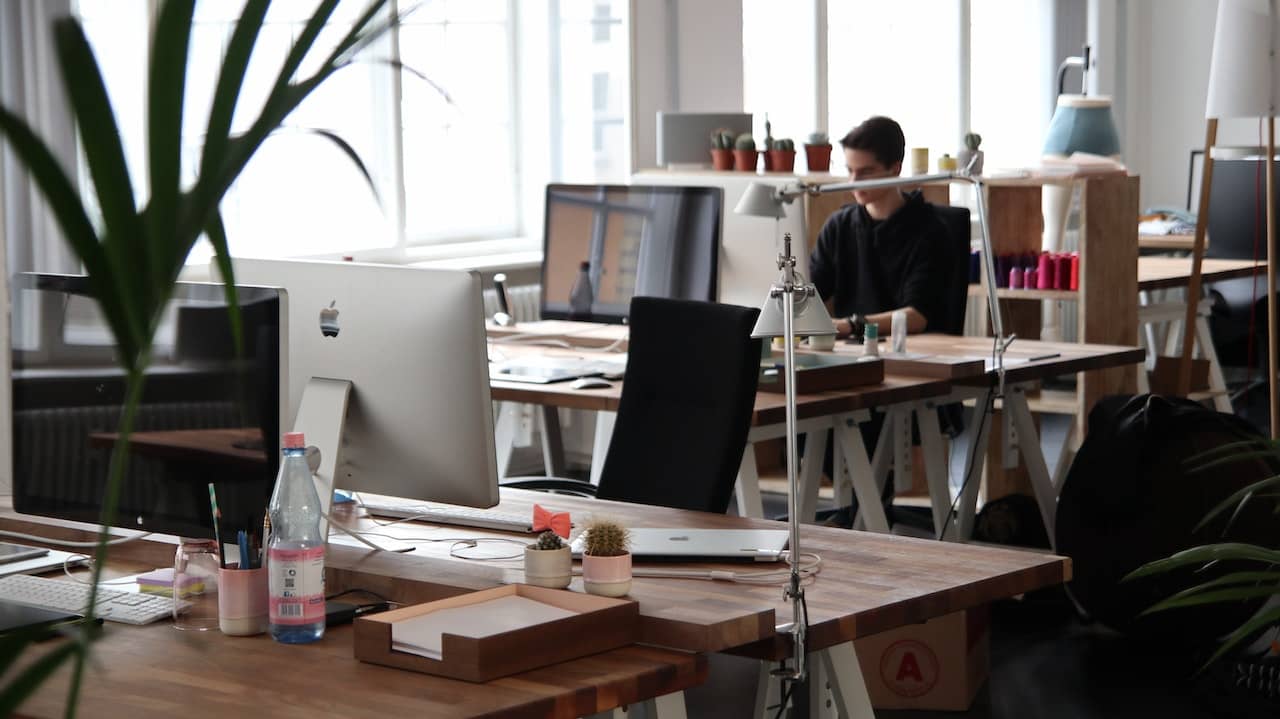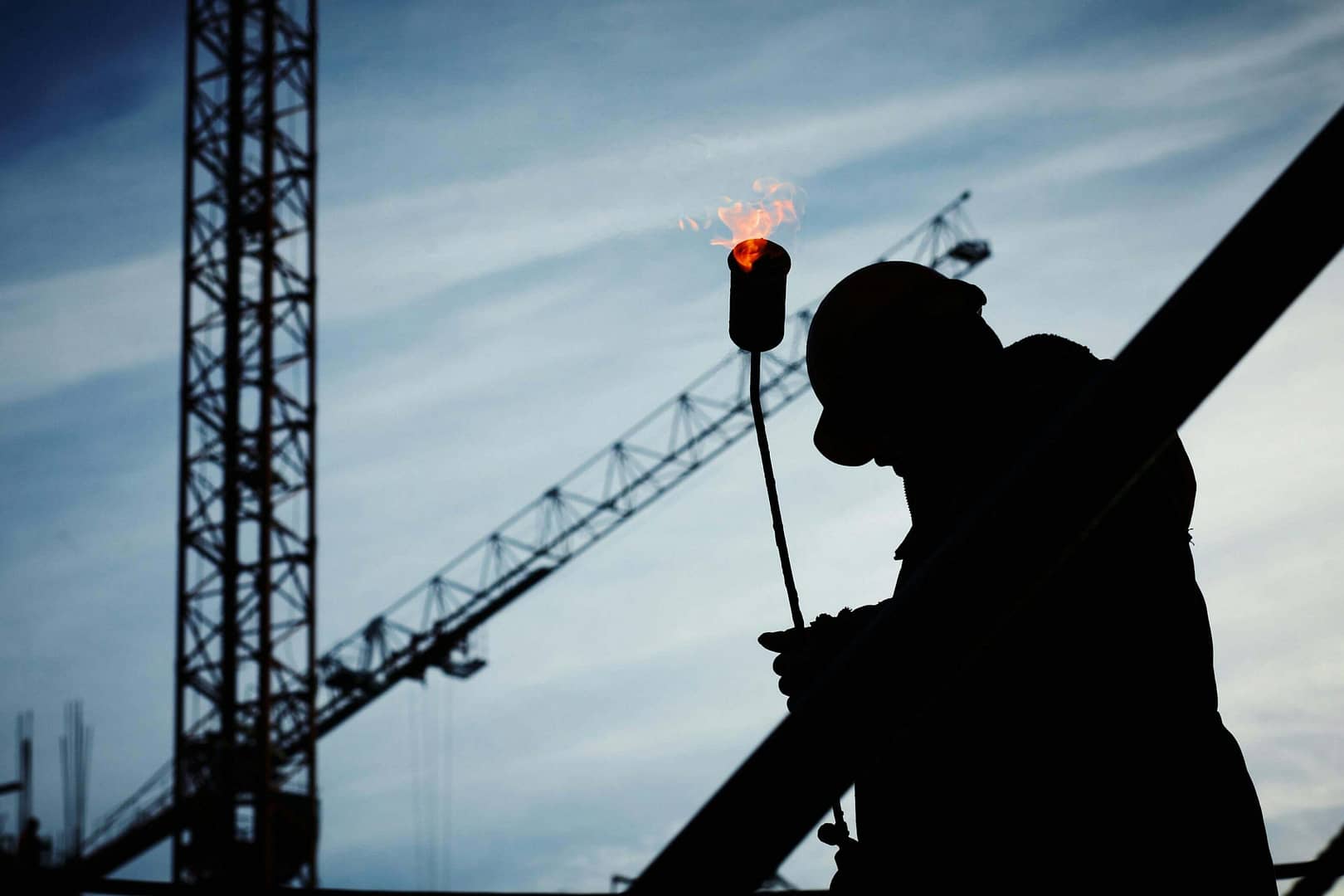In our ever-evolving work landscape, the question of whether it’s safer to work on site or from the comfort of one’s home has gained prominence like never before. The global pandemic forced a significant shift in the way we work, blurring the lines between office cubicles and home offices. As we navigate this new normal, it’s essential to consider the factors that determine our safety, both physical and psychological, in these two distinct work environments. We will also show you how best to start an accident at work claim.
The Pandemic Paradigm Shift
The onset of the COVID-19 pandemic in early 2020 acted as a catalyst for a remote work revolution. Offices closed their doors, and employees packed up their desks to set up shop at home. This abrupt change led to a fundamental re-evaluation of what it means to be safe at work. The question loomed large: is it safer to work from home or the office?
The Safety of Home
For many, the idea of working from home initially seemed like a dream come true. No more arduous commutes, no need for formal attire, and the comfort of one’s familiar surroundings. The safety aspect was apparent too. Staying at home during a pandemic reduced the risk of exposure to the virus. But is it all sunshine and roses?
Working from home undoubtedly offered a certain level of physical safety. You were in control of your environment, with minimal exposure to the virus. However, the safety net of your own home can sometimes backfire. The lines between work and personal life began to blur, with employees often finding it challenging to “switch off.” The isolation of working in solitude led to a new set of psychological challenges.
The Office Dilemma
On the flip side, returning to the office brought about a sense of normalcy and human interaction. But it also raised concerns about health and safety. Office spaces, once bustling with people, now had to adapt to social distancing measures, enhanced cleaning protocols, and reduced occupancy. But the social aspect and the familiar routines provided a semblance of stability during uncertain times.
So, let’s delve deeper into the question: does working on site or from home keep us safer? To answer this, we must consider various aspects of safety, starting with physical health.
Physical Safety
Working from Home
Working from home undeniably reduces the risk of contracting contagious diseases, such as the flu or COVID-19, by limiting exposure to others. In a pandemic-stricken world, this was a significant advantage. No shared elevators, crowded cafeterias, or communal restrooms—your home workspace was a sanctuary.
However, physical safety isn’t solely about avoiding diseases. It also includes considerations like ergonomic setups to prevent musculoskeletal problems. When hastily transitioning to a home office, many neglected proper workstation ergonomics, leading to a surge in issues like back pain and carpal tunnel syndrome.
The On-Site Scenario
The traditional office, despite its potential for exposure to illnesses, offers certain physical safety benefits. Offices typically adhere to safety regulations, ensuring fire exits, first-aid stations, and well-maintained facilities. Furthermore, a supervised environment can provide immediate assistance in case of emergencies.
While offices were forced to adapt to pandemic-related safety measures, they also addressed long-standing safety concerns. Improved ventilation, enhanced cleaning, and staggered work schedules became the norm to mitigate risks.
Psychological Safety
Physical safety, though vital, is just one facet of our overall well-being at work. Psychological safety, which encompasses mental health and well-being, is equally crucial.
The Homefront
Working from home brought its unique set of psychological challenges. The isolation from colleagues and the absence of face-to-face interactions left many feeling disconnected and lonely. The lack of a clear boundary between work and personal life led to an “always-on” mentality, contributing to burnout.
Moreover, the absence of social interactions, which are often essential for brainstorming, collaboration, and problem-solving, hindered creativity and innovation. Without the spontaneous chats around the water cooler or the casual Friday office banter, the work environment became somewhat sterile.
The Office Oasis
In contrast, the office environment inherently promotes social interaction. The camaraderie among colleagues fosters a sense of belonging, and the structured work hours help maintain a work-life balance. Face-to-face interactions also facilitate effective communication, making it easier to convey ideas and resolve conflicts.
However, it’s important to acknowledge that the office environment isn’t without its challenges. The commute, office politics, and the pressure of adhering to rigid schedules can contribute to stress and anxiety for some employees.
Striking a Balance
So, what’s the verdict? Is it safer to work on site or from home? The answer lies in finding a balance that suits individual needs and circumstances.
Hybrid Work Models
Many organizations are now adopting hybrid work models, allowing employees to split their time between home and the office. This approach aims to harness the advantages of both work settings while mitigating their drawbacks.
In a hybrid model, employees can enjoy the physical safety of their homes while maintaining the social and creative benefits of the office. However, it’s essential to establish clear boundaries and work-life balance in a hybrid work environment to prevent burnout and ensure psychological safety.
Making an Accident at Work Claim with National Claims
At National Claims, we understand that accidents can happen anywhere, including in the workplace. Whether you’re working on site or from home, your safety is paramount, and when an accident occurs due to negligence or unsafe working conditions, you deserve compensation. Here’s how you can make an accident at work claim with National Claims, ensuring that your rights are protected and justice is served.
Contacting National Claims
When you’ve suffered an injury at work, the first step in seeking compensation is to get in touch with National Claims. You can reach out to us through our website or by giving us a call. Our team of experienced claims specialists is here to guide you through the claims process and provide the support you need during this challenging time.
Initial Consultation
Once you’ve contacted National Claims, we will schedule an initial consultation to discuss the details of your accident and assess the validity of your claim. During this consultation, we’ll gather information about the circumstances of the accident, any witnesses, and the extent of your injuries. This crucial step helps us determine if you have a strong case and if we can proceed with your claim.
Gathering Evidence
To build a robust case, our team will work closely with you to gather evidence. This may include medical reports, witness statements, photographs of the accident scene, and any relevant documents such as incident reports or safety records. We leave no stone unturned to ensure that your claim is well-supported and has the best chance of success.

Conclusion
In the ongoing debate about whether working on site or from home is safer, the answer is not one-size-fits-all. Both options come with their unique advantages and challenges, and the choice largely depends on individual preferences, job roles, and organizational policies. Physical safety, including protection from contagious diseases, is a significant consideration, but it must be balanced with psychological safety and overall well-being.
At National Claims, we understand that accidents at work can happen regardless of where you work. When these unfortunate events occur due to negligence or unsafe conditions, our team is here to support you in making a claim for compensation. We believe that every individual deserves to work in a safe environment and receive fair compensation if they are injured due to someone else’s negligence.
If you’ve been injured at work and believe you have a valid claim, don’t hesitate to contact National Claims to speak to one of our claims specialists to start your claim. We are committed to providing you with the guidance, support, and legal representation needed to secure the compensation you deserve. Your safety and well-being are our top priorities, and we’re here to help you navigate the complex process of making an accident at work claim.
Click below to see why we are one of the most trusted claims management companies in the UK.

We’re proud of our excellent customer reviews
We thrive on delivering exceptional service and ensuring our clients’ satisfaction. Don’t just take our word for it. Check out some of our independent reviews to see what our clients have to say.
Excellent

This firm is excellent, they sorted out my car pay out and injury claim very fast, they always communicate with you all the time.

My accident case was dealt with confidence and with great result of the outcome, especially James kept me informed all the time.

I was very impressed at the way my inquiry was treated. I was listened to attentively and everything I needed to know was explained to me.






